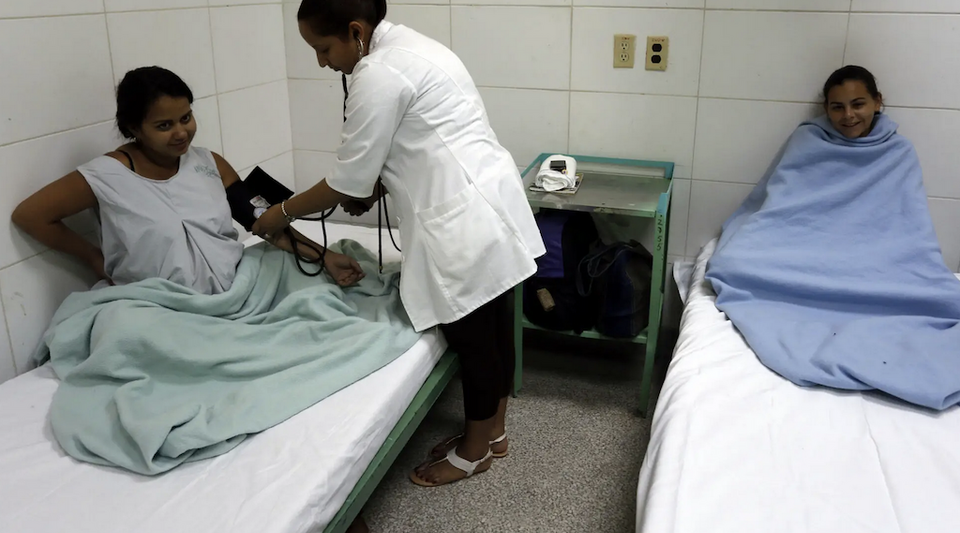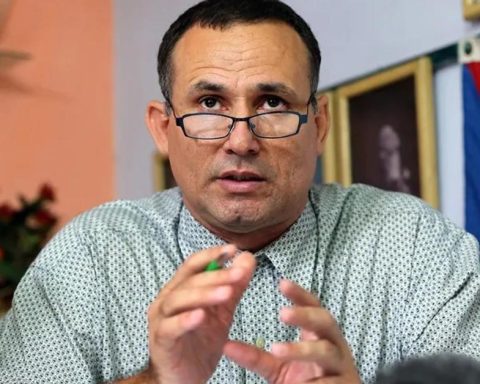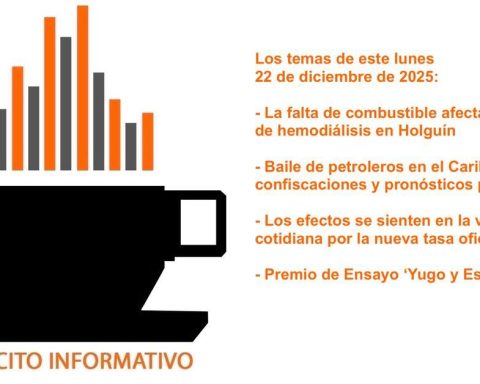The high rate of adolescent pregnancies is not one of the public health indicators that Cuba can boast of, with fertility among those under 19 years of age in the range of countries with low levels of education and health in the Americas. The issue was addressed by the official press this Mondaywhich recognizes that “the poor results are ‘above’ what was expected and desired”.
Cuba has an adolescent fertility rate of 51.10 per 1,000 women between the ages of 15 and 19, according to 2018 data from the World Health Organization (WHO). Thus, it is in position 16 out of 35 countries in the American continent. From the statistics available on the institution’s website, Latin America and the Caribbean take the lead highest averageup to 53.2 births per 1,000 women.
According to the WHO, the island is far from the level of 16.70 pregnancies per 1,000 adolescents that the United States has or the 2.0 registered by Sweden, but it is close to the range that nations like Haiti have, with 54.80. , or El Salvador, with 51.80, both submerged in an economic crisis and with low access to education.
The Island is far from the level of 16.70 pregnancies per 1,000 adolescents that the United States has or the 2.0 registered by Sweden
Granma resumed the results of the National Program for the Advancement of Women (PAM) shared in a meeting held on Sunday with senior leaders of the Communist Party and the Ministry of Public Health, in which it was concluded that “the high incidence of pregnancy in adolescents It’s an urgent matter.”
The Government assures that the percentage fell in the last year from 18.1% to 17.8%. However, four provinces have rates that exceed the national average, in a list where Las Tunas has the highest figure, 22.7%. Followed by Holguín (21.3%), Camagüey (20.5%) and Granma (20.3%).
The official newspaper reports that the Government’s proposal is to reduce the adolescent fertility rate to less than 50%, as well as ensure 80% coverage and diversity of contraceptive methods. Tania Margarita Cruz Hernández, first deputy minister of Public Health, considered that one solution is to “intensify the work of sexual education in schools, in the community and with the family,” and said that it is time to resume television programs related to the subject. .
Teenage pregnancies were a topic of discussion in the provincial press two weeks ago, when an article in the artemiseño noted that of 4,631 births registered at the end of 2022 in Artemisa16% corresponded to pregnancies of women between 15 and 19 years of age and 31% to births of women between 20 and 24 years of age.
The newspaper recalled the alarming figures of 2021, when the municipality of Alquízar registered the highest adolescent fertility rate: up to 91.9 births per 1,000 women, according to the National Office of Statistics and Information (Onei). Bahía Honda and Güira de Melena also showed scandalous figures, with 65 and 60.6, respectively.
The newspaper quoted an interview with the Alquízar Community Genetics specialist, Lidia Peña Martínez, who assured that the majority of adolescent pregnancies occur in “dysfunctional families with a low cultural and economic level.”
The newspaper recalled the alarming figures of 2021, when the municipality of Alquízar registered the highest adolescent fertility rate: up to 91.9 births per 1,000 women
Peña Martínez listed the causes, which according to her, explain the rise in cases: “The increasingly early start of sexual relations, the consumption of sexuality issues through inappropriate channels, the concern of women not to be accepted within of the social group, debauchery without the adequate perception of risk and, in recent times, the lack of contraceptive tablets and condoms has been added”.
Teenage pregnancies are a public health problem, which has socioeconomic consequences. In countries with low social indicators, young women are pressured to marry and have children before a reduced window to access higher education or get a decent job. Some, even being minors, are forced to marry.
The WHO warns that adolescent mothers are at greater risk of suffering health problems such as eclampsia, postpartum endometritis, and systemic infections compared to women between the ages of 20 and 24. Babies can be born with low weight, and there is a risk of miscarriages premature or until the death of the mother and the neonate.
The dire figures are also affected by the shortage of condoms, a recurring theme in Cuban clinics and pharmacies. The consequences are already being experienced, at least the Guantánamo Health authorities have confirmed that the province suffered an uptick in sexually transmitted infections (STIs), unwanted pregnancies and abortions at the end of 2022.
________________________
Collaborate with our work:
The team of 14ymedio He is committed to doing serious journalism that reflects the reality of deep Cuba. Thank you for accompanying us on this long road. We invite you to continue supporting us, but this time becoming a member of our newspaper. Together we can continue transforming journalism in Cuba.


















